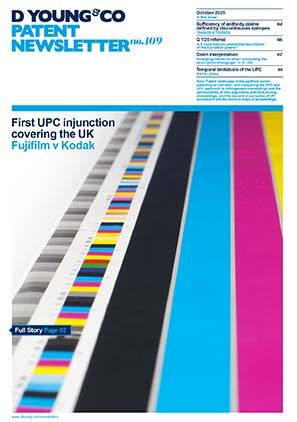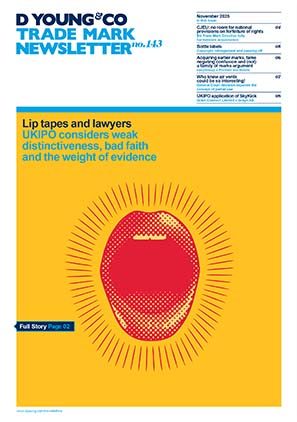From space-grade plastics to foaming polymers: the next generation of 3D printing materials
In recent years, the popularity of fused deposition modelling (FDM, also known as fused filament fabrication, FFF) 3D printing has boomed. Much focus has been placed on the rapid pace of development of FDM machines themselves, with features such as automatic bed levelling, CoreXY kinematics, multi-material systems, and more recently even AI-based print monitoring having become commonplace.
However, much less noticed have been the extraordinary developments in novel 3D printing filaments. An impressive range of materials has been developed, many of which open up exciting new applications in specialist fields. While hardware innovation has dominated headlines, it is materials innovation that increasingly defines what 3D printing can achieve. In this article, we present a round-up of some of the most exciting filaments to have reached the market in recent years.
Tungsten PETG
Tungsten PETG is a polyethylene terephthalate glycol (PETG) filament infused with tungsten powder. Metallic tungsten is notoriously hard to work, whereas PETG is one of the most common and easy-to-print 3D printing filaments. By using PETG infused with tungsten, a material is provided that mimics the heft and shielding properties of tungsten while being straightforward to manufacture using inexpensive FDM 3D printers.
This unique combination of density and manufacturability opens up applications in radiation shielding, precision counterweights, as well as more esoteric scientific and medical applications that benefit from complex custom geometries that would be prohibitively expensive to manufacture using conventional techniques.
Space grade PC
Space grade PC (polycarbonate) is a polycarbonate optimised for the demanding applications of the space industry. These materials combine exceptional mechanical strength, high heat-deflection, ultra-low outgassing, and excellent ESD properties, making them ideal for use as structural components in space-based applications, all while being straightforward to manufacture using inexpensive FDM 3D printers.
Until recently, launch costs have tended to dominate the economics of space-based applications. However, with the advent of reusable rocketry, there has been a renewed focus on driving down hardware costs, especially for novel low-cost platforms such as CubeSats, for which space grade PC is ideal.
Lightweight PLA
Lightweight PLA is a polylactic acid (PLA) modified to include foaming agents that activate at FDM printing temperatures, leaving micro-cavities in the plastic after printing. This reduces the density of the material by up to 60%. Again, this material is straightforward to manufacture using inexpensive FDM 3D printers.
These properties make lightweight PLA ideal for the construction of model aircraft and drones, where every gram of weight saved allows for increased payload or endurance. Because extrusion temperature and flow rate directly affect foaming, print parameters can be tuned to optimise density and strength. Further, by providing an aviation material that can be 3D printed, novel designs can be implemented including complex geometries that would be impossible to manufacture using conventional techniques.
Adjustable-hardness TPU
Adjustable-hardness TPU is a thermoplastic polyurethane (TPU) that has also been modified to include foaming agents which activate at FDM 3D printing temperatures, leaving micro-cavities in the plastic after printing. However, unlike lightweight PLA, where the foaming is used simply to reduce density, the degree of foaming can be “dialled in” by adjusting the printing temperature.
This allows the hardness (and corresponding flexibility) of the printed TPU to be varied within a single print. This is especially useful because TPUs are typically used to provide a flexible material. By being able to “dial in” the physical properties of the material, this opens up a range of novel applications; for instance, creating parts with regions of differing shore hardness for controlled compression or grip performance.
IP considerations and conclusion
As we have seen, the introduction of novel materials has and continues to open up a wide range of new applications. From a patenting perspective, beyond protection of the novel materials themselves, there are a range of additional opportunities that arise. These include protection for new uses of existing materials, novel methods of additive manufacturing that exploit the specific characteristics of these materials, and innovative printed products that would not be achievable without them.
For example, a patent may be obtained not only for the composition of a new filament, but also for:
- a method of printing that controls foaming behaviour to achieve variable mechanical properties;
- an article that leverages density, conductivity, or radiation-shielding properties of a composite filament in a new way; or
- a new use of a known filament material that achieves a technical effect.
Under European practice, new uses of known materials may be patentable when they produce a novel technical effect.
If you have any questions on this subject, or would like assistance with protecting your invention, please contact your usual D Young & Co representative.


